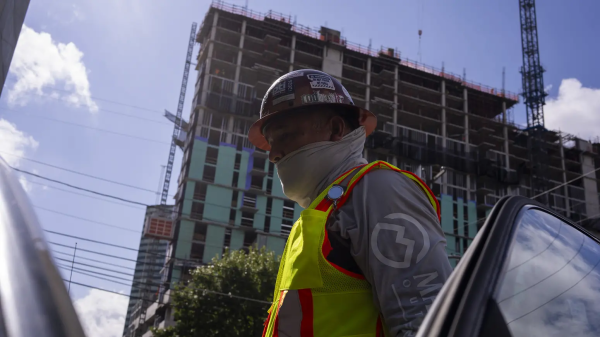The Biden administration aims to provide fast and affordable internet service to everyone in the U.S. by 2030.

President Biden during an event about high-speed internet implementation (Photo: Yahoo News)
Biden Administration To Implement High-Speed Internet By 2030
Last Monday, President Biden together with Vice President Kamala Harris announced their plans to allocate a budget of 42.% billion across the country to provide fast and reliable internet service for every household and business by 2030. This would give way for new businesses to grow, make remote learning more productive, and other services that may require fast internet service. The vice president commented that in this modern age, high-speed internet in the country is not a need, but a necessity.
The announcement of the plan last Monday gave way for the BEAD (Broadband Equity Access Deployment) program to assess the needs of every state in the country through their broadband offices. Before using the funds for the internet service, states must first complete a certain multi-step process. Broadband offices of the states must submit their initial proposals before the year ends.
How States Would Apply For The High-Speed Internet Program
Aside from completing a certain process to receive the funds for the internet service, states must also allow locations that have internet speeds of at least 25 megabits to connect first. Roughly 7% of the country falls into these specific locations, according to the map of the Federal Communications Commission. The map was used to determine each state’s allotment for internet service.
Each proposal submitted by a state should recognize these locations that are previously and currently not receiving funds from broadband programs. Other locations that are in need of improved internet services should also be reflected in the proposal.
States can receive up to 20% of their allotments to begin distributing grants to telecommunications companies, broadband providers, and other electric cooperatives once their proposals are approved. The remaining 80% will be granted once the government approves a final proposal that lists the details of how the states would hold their providers accountable for spending the money they are about to receive.
READ ALSO: The Time To Implement Changes To Avoid Cuts In Social Security Benefits Is Running Out
























